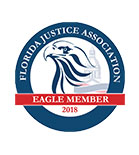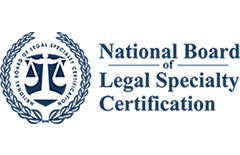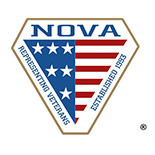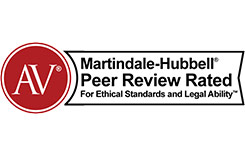NHTSA Driver Distraction Guidelines
The National Highway and Traffic Safety Administration has published nonbinding distracted driving guidelines. These guidelines are found in the Federal Register. The guidelines apply to original equipment in-vehicle electronic devices used by the driver to perform secondary tasks such as listening to the radio, communicating with others, navigation, and the like, through visual-manual means. The guidelines designate certain secondary tasks as inherently interfering with the driver’s ability to safely control the vehicle. The NHSTA recommends that in-vehicle devices be designed so they cannot be used by the driver to perform inherently distracting tasks while driving. For all other visual-manual tasks, the NHTSA guidelines specify a test method for measuring eye glance behavior during those tasks. The eye glance metrics are then compared to criteria to evaluate whether the task should be made inaccessible to the driver while driving. The NHTSA also provides several recommendations to limit and reduce the potential for distracted driving associated with the use of original equipment in-vehicle electronic devices. The full guidelines can be found here.

 (407) 712-7300
(407) 712-7300





























